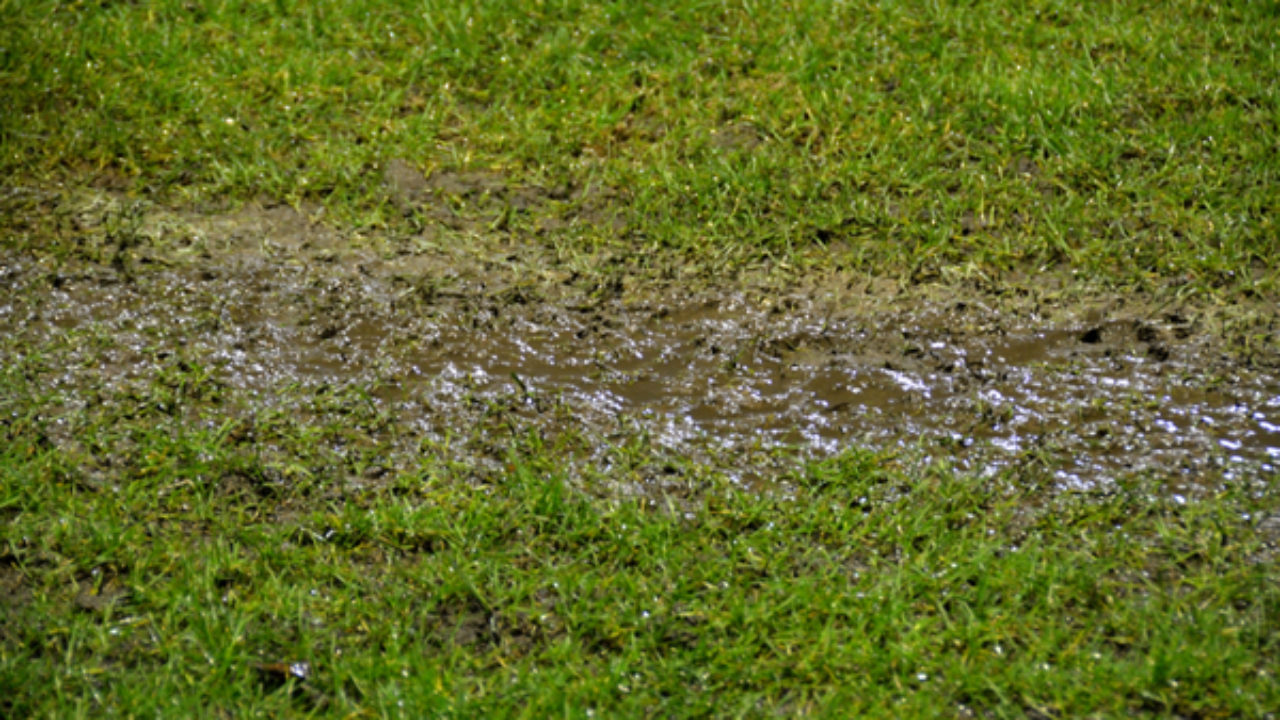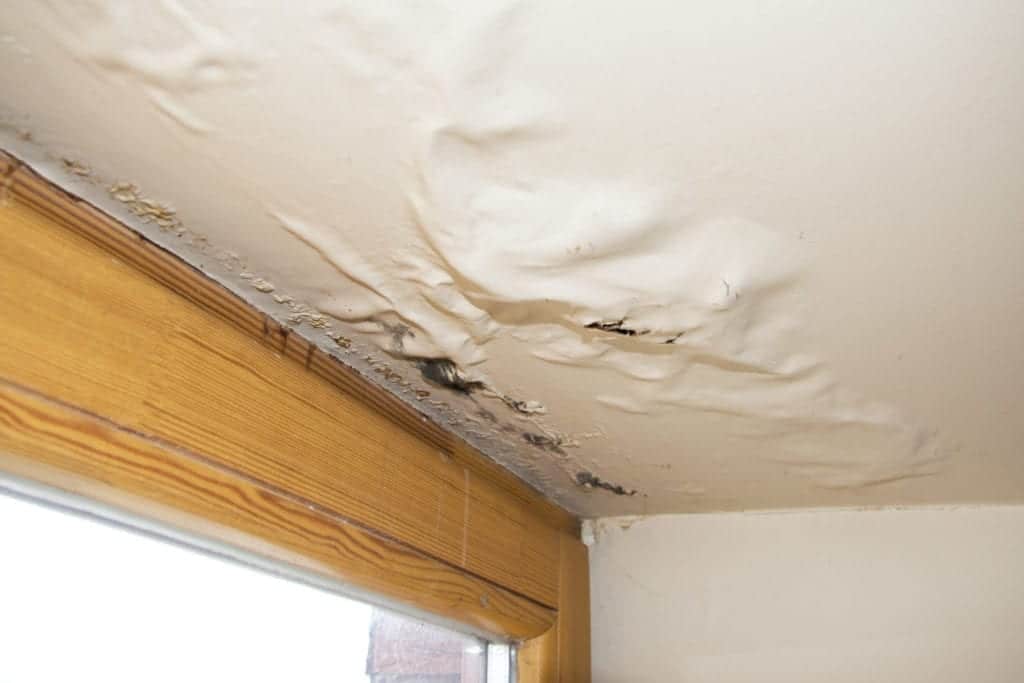6 Ways to Locate Concealed Water Leaks in Your House
6 Ways to Locate Concealed Water Leaks in Your House
Blog Article
They are making a number of good points related to Detecting hidden plumbing leaks in general in the content following next.

Early discovery of dripping water lines can minimize a potential catastrophe. Some little water leakages might not be noticeable.
1. Analyze the Water Meter
Every home has a water meter. Examining it is a surefire manner in which assists you find leakages. For beginners, switch off all the water sources. Ensure no one will certainly flush, make use of the faucet, shower, run the cleaning maker or dishwasher. From there, most likely to the meter and also watch if it will transform. Given that no one is using it, there must be no movements. That suggests a fast-moving leak if it moves. If you discover no changes, wait a hr or 2 and examine back once again. This implies you may have a slow leak that can even be underground.
2. Check Water Usage
If you detect abrupt changes, despite your usage being the very same, it suggests that you have leaks in your plumbing system. A sudden spike in your expense indicates a fast-moving leakage.
Meanwhile, a stable rise every month, despite having the exact same routines, shows you have a slow leakage that's also slowly escalating. Call a plumber to thoroughly check your residential property, specifically if you really feel a cozy area on your flooring with piping underneath.
3. Do a Food Coloring Test
When it comes to water consumption, 30% comes from bathrooms. If the shade somehow infiltrates your bowl during that time without flushing, there's a leakage in between the tank and also dish.
4. Asses Outside Lines
Don't forget to examine your outside water lines too. Must water seep out of the link, you have a loosened rubber gasket. One little leak can lose bunches of water and spike your water bill.
5. Check and also Evaluate the Situation
Home owners should make it a routine to examine under the sink counters and also inside cupboards for any kind of bad odor or mold growth. These 2 red flags indicate a leak so punctual interest is called for. Doing routine inspections, even bi-annually, can conserve you from a major issue.
Check for stainings and also weakening as most pipes as well as home appliances have a life expectancy. If you think dripping water lines in your plumbing system, don't wait for it to escalate.
Early discovery of leaking water lines can alleviate a potential disaster. Some small water leaks may not be visible. Examining it is a proven way that helps you discover leaks. One small leak can lose loads of water and increase your water expense.
If you presume leaking water lines in your plumbing system, do not wait for it to escalate.
WARNING SIGNS OF WATER LEAKAGE BEHIND THE WALL
PERSISTENT MUSTY ODORS
As water slowly drips from a leaky pipe inside the wall, flooring and sheetrock stay damp and develop an odor similar to wet cardboard. It generates a musty smell that can help you find hidden leaks.
MOLD IN UNUSUAL AREAS
Mold usually grows in wet areas like kitchens, baths and laundry rooms. If you spot the stuff on walls or baseboards in other rooms of the house, it’s a good indicator of undetected water leaks.
STAINS THAT GROW
When mold thrives around a leaky pipe, it sometimes takes hold on the inside surface of the affected wall. A growing stain on otherwise clean sheetrock is often your sign of a hidden plumbing problem.
PEELING OR BUBBLING WALLPAPER / PAINT
This clue is easy to miss in rooms that don’t get much use. When you see wallpaper separating along seams or paint bubbling or flaking off the wall, blame sheetrock that stays wet because of an undetected leak.
BUCKLED CEILINGS AND STAINED FLOORS
If ceilings or floors in bathrooms, kitchens or laundry areas develop structural problems, don’t rule out constant damp inside the walls. Wet sheetrock can affect adjacent framing, flooring and ceilings.
https://www.servicemasterbyzaba.com/blog/how-to-detect-water-leakage-in-walls/

I hope you liked our post on Detecting hidden plumbing leaks. Thanks a lot for spending some time to read our content. Liked our posting? Please share it. Let someone else find it. Thanks for your time. Come back soon.
Report this page